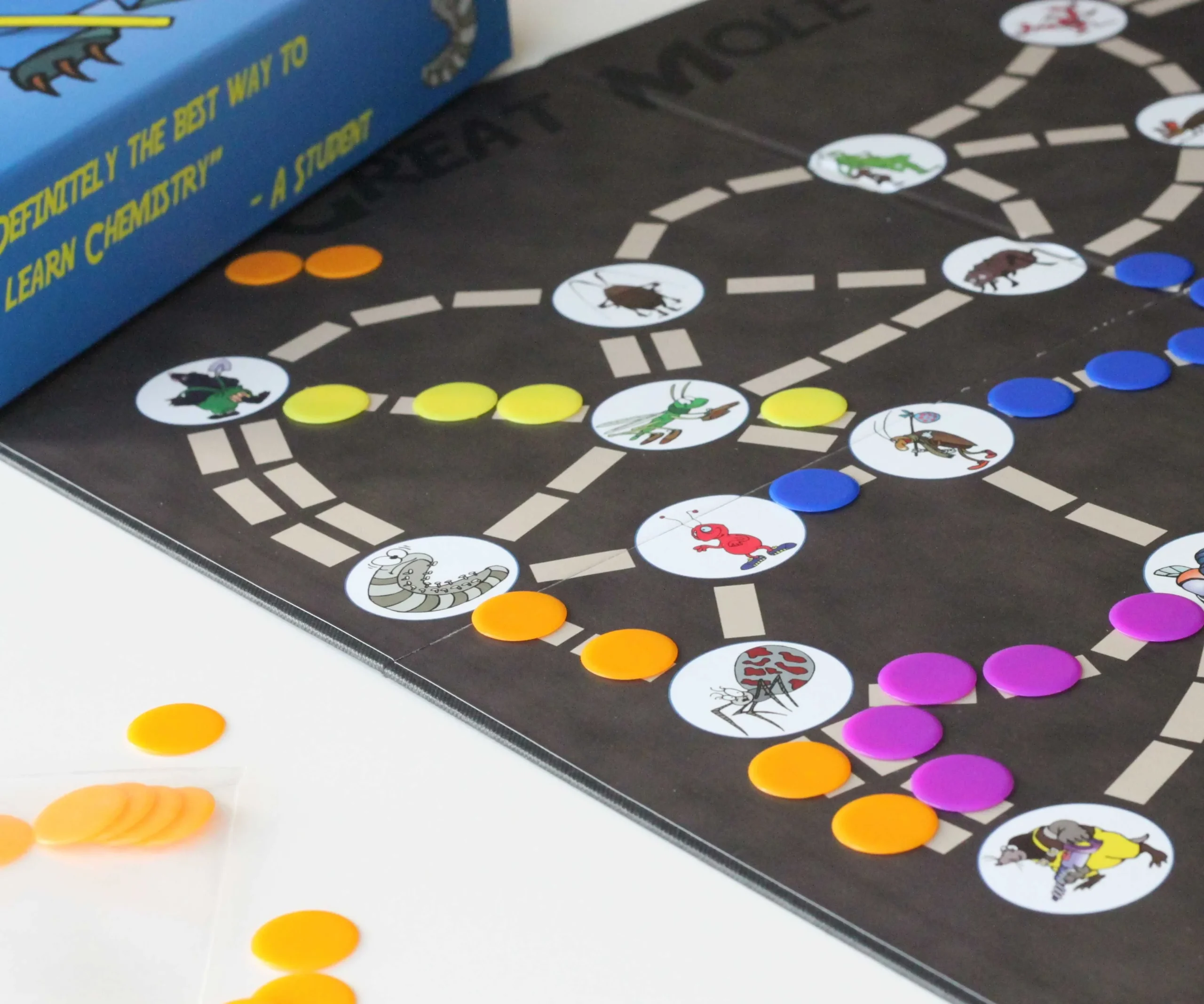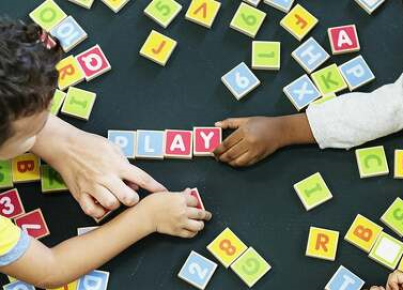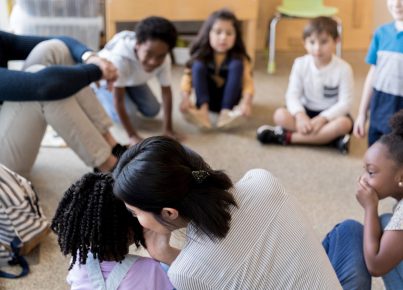Incorporating do-it-yourself (DIY) board games into a classroom setting is not just an excellent way to infuse fun into learning, but it’s also a fantastic avenue for stimulating students’ creativity and problem-solving skills. Here’s how you can create engaging and educational DIY board games for your students.
Step 1: Identify Learning Objectives
Start by pinpointing the educational goals of the game. Is it to enhance vocabulary, improve math skills, or perhaps to delve into historical events? This will form the foundation of your game’s design.
Step 2: Design the Game Mechanics
Deciding on game mechanics is crucial because it determines how players will interact with the game. Will they draw cards, roll dice, or move pieces along a path? Make sure the mechanics align with the learning objectives.
Step 3: Create the Board and Pieces
Use cardboard or any large paper to design your board. You can then either draw on spaces or create a path, depending on your chosen mechanics. For game pieces, anything from coins to custom-made tokens works—as long as they’re distinct for each player.
Step 4: Develop Content Integration
Integrate subject matter within your game’s context—for instance, questions in Science or English that must be answered to advance spaces. Tailor these to suit the class’s current curriculum.
Step 5: Incorporate Rules
Your game must have clear and simple rules to ensure smooth playtime—nothing that complicates understanding or detracts from the learning experience. It helps if rules are somehow related to the subject at hand (e.g., use historical facts as guidelines on what paths a player can take).
Step 6: Test and Tweak
Nothing’s perfect on the first try. Playtest with a small group of students and refine based on feedback. This process helps iron out complexities and improve educational value.
Remember, DIY board games in the classroom should be more than just playful; they should provoke thought and encourage collaborative problem-solving Which is why it’s significant to balance enjoyment with education when crafting your own classroom board game. Happy gaming!





